The telescope will point its massive eyes on these cosmic objects.
The James Webb Space Telescope will explore transiting exoplanets, Kuiper Belt objects and the Solar System’s strangest phenomena.

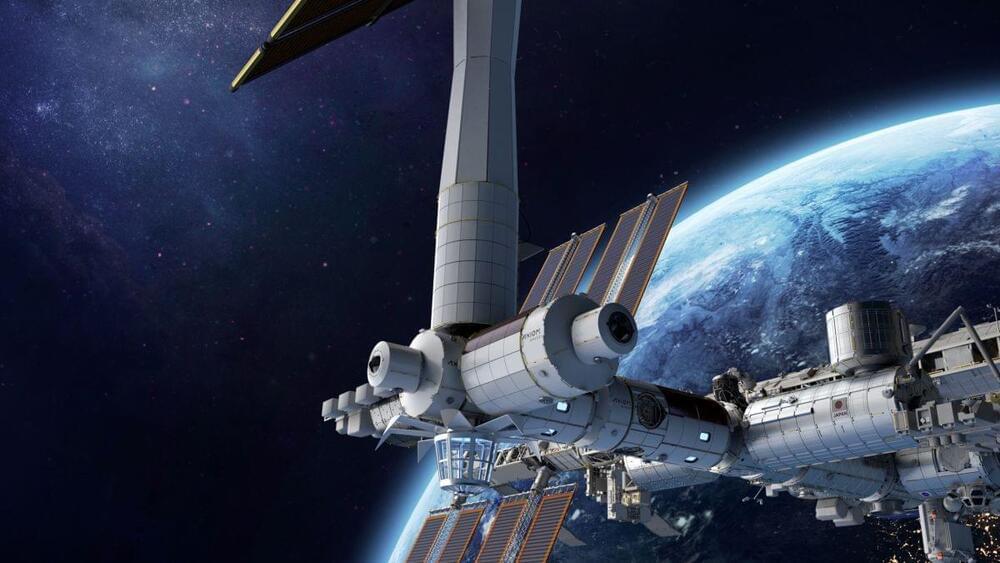
Even as commercial spaceflight company Axiom Space prepares to launch the first fully private crew to the International Space Station early next year, its engineers are also developing in-house spacesuits.
Texas-based Axiom teased the spacesuits in a tweet posted on Nov. 23. While the suits fit into Axiom’s own long-term plans of creating private space stations that can host paid research missions, the company also hopes to provide the suits to NASA as the space agency prepares for crewed Artemis program launches to the moon.
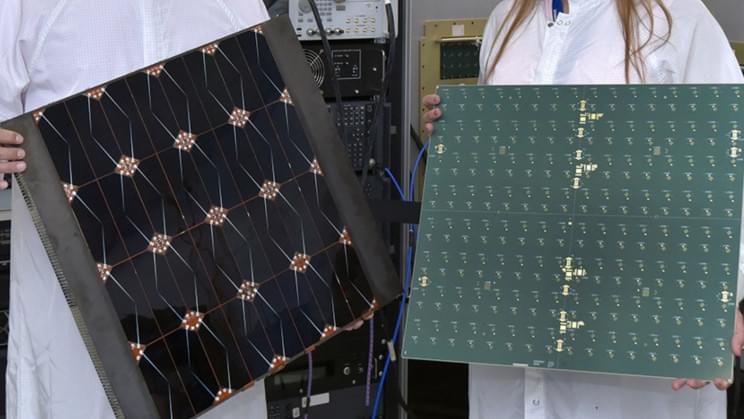
It’s the stuff of science fiction but it’s real.
Although it may sound like science fiction, space-based solar power has started making headway with several projects underway. In February, we brought you news of technology firm Redwire acquiring Deployable Space Systems (DSS), a leading supplier of deployable solar arrays capable of enabling space missions with the intention of using them to deploy space-based solar power.
Meanwhile, last August we brought you further news, of Caltech’s Space Solar Power Project (SSPP) that collected solar power in space to be transmitted wirelessly to Earth offering energy unaffected by weather or time of day. The project promised to make solar power that could be continuously available anywhere on earth.
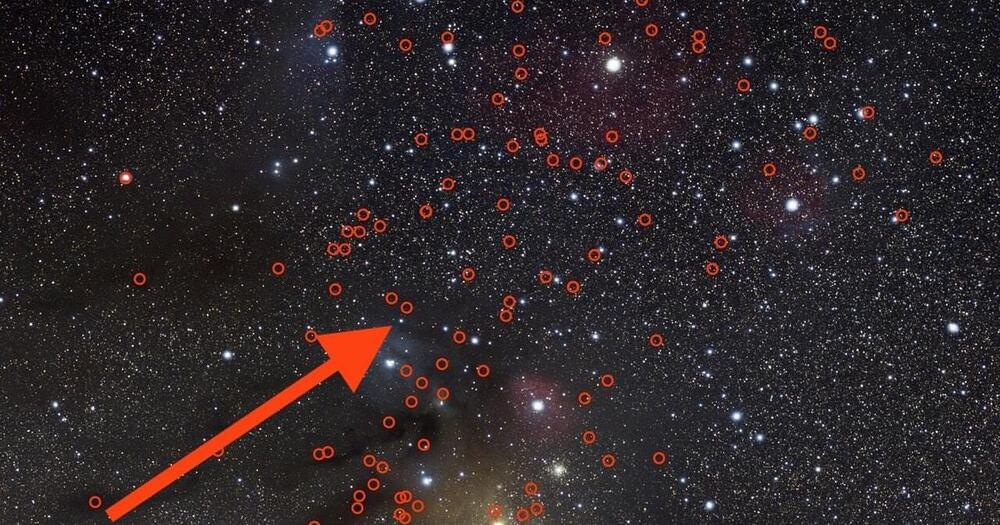
And kick off a new cosmic economy.
NASA’s probe knows where it’s going, but it has no idea what it’s going to find.
That’s the crux of the challenge for Psyche, a spacecraft slated to blast off in 2022. Its target? An asteroid of the same name. Called “16 Psyche,” it’s one of the 1.1 million to 1.9 million large asteroids we know are in the asteroid belt between Mars and Jupiter. But information about 16 Psyche is scant. Scientists know it’s shaped like a potato, and the light that reflects off its surface suggests the asteroid is “unusually rich in metal,” according to a recent press release from NASA’s Jet Propulsion Laboratory.
That makes it an attractive scientific target because it could be a relic of our solar system’s earliest days. The uncertainty is a huge challenge for the mission. Without much information about its density, mass, or spin, the mission team is depending on data from Psyche to plan its encounter with the asteroid.
That data won’t just offer a glimpse into the early Solar System — it could also set the stage for asteroid mining.
Full Story:
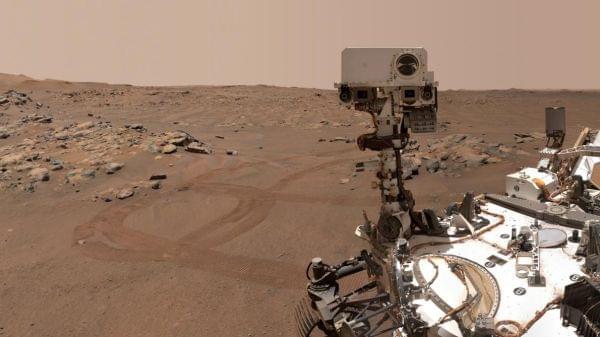
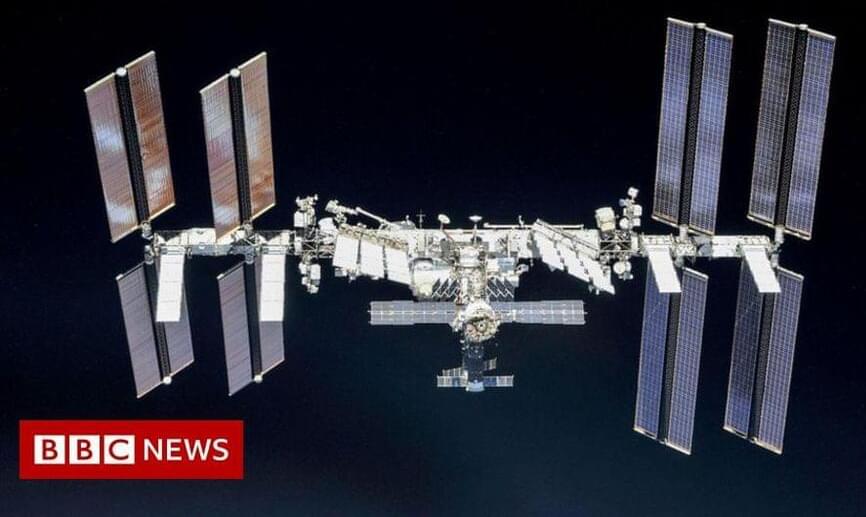

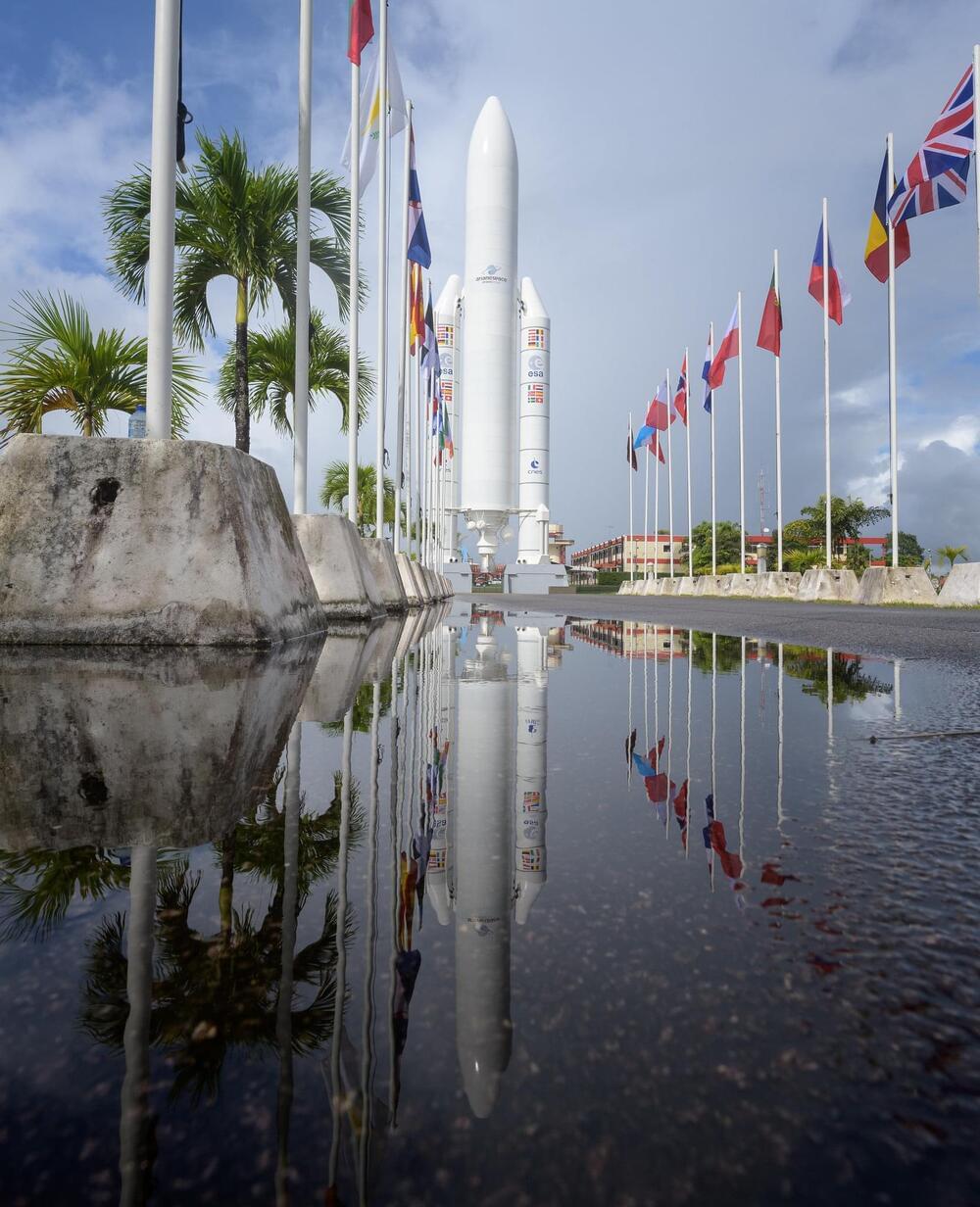

😀
A levitating vehicle might someday explore the moon, asteroids, and other airless planetary surfaces.
Aerospace engineers at MIT
MIT is an acronym for the Massachusetts Institute of Technology. It is a prestigious private research university in Cambridge, Massachusetts that was founded in 1861. It is organized into five Schools: architecture and planning; engineering; humanities, arts, and social sciences; management; and science. MIT’s impact includes many scientific breakthroughs and technological advances.